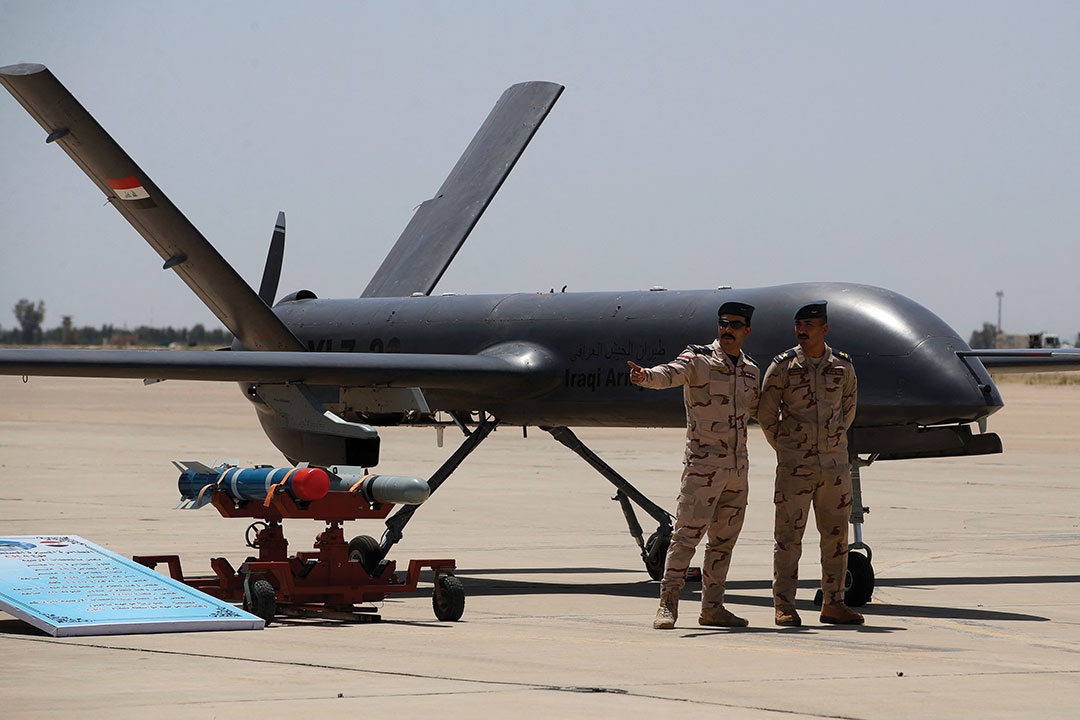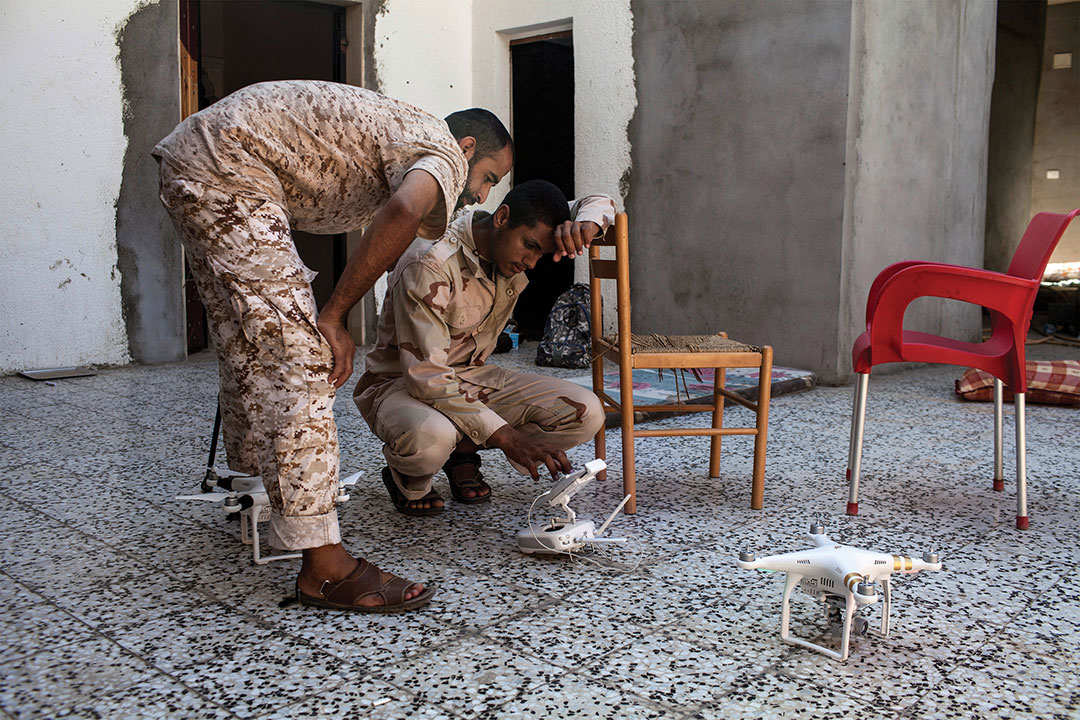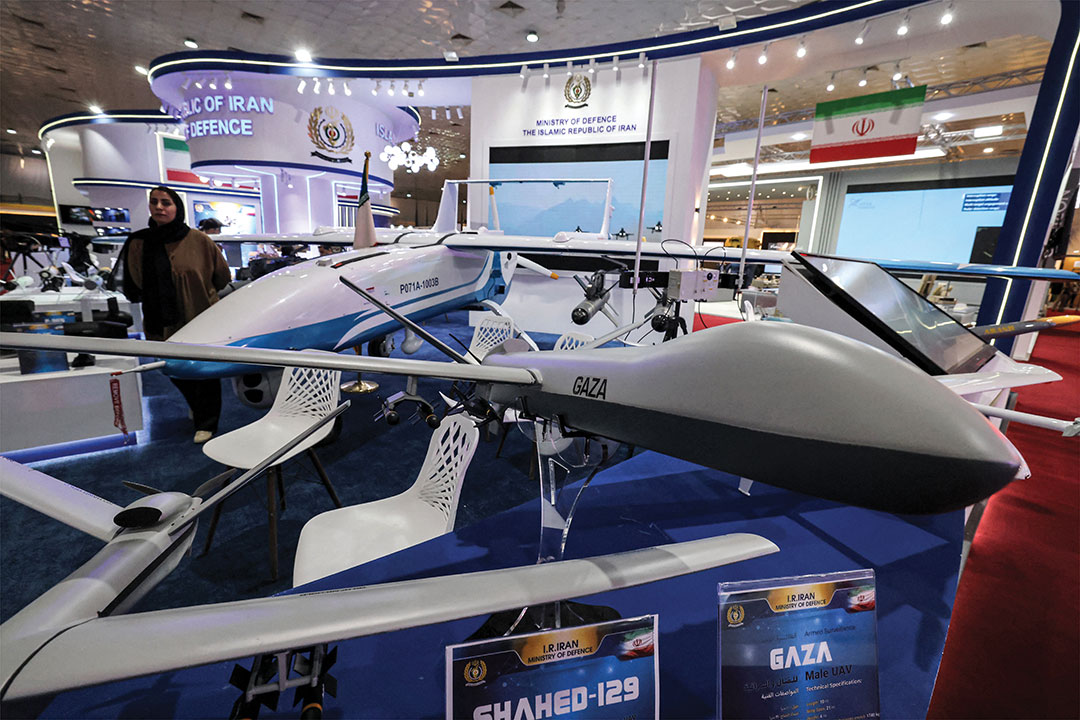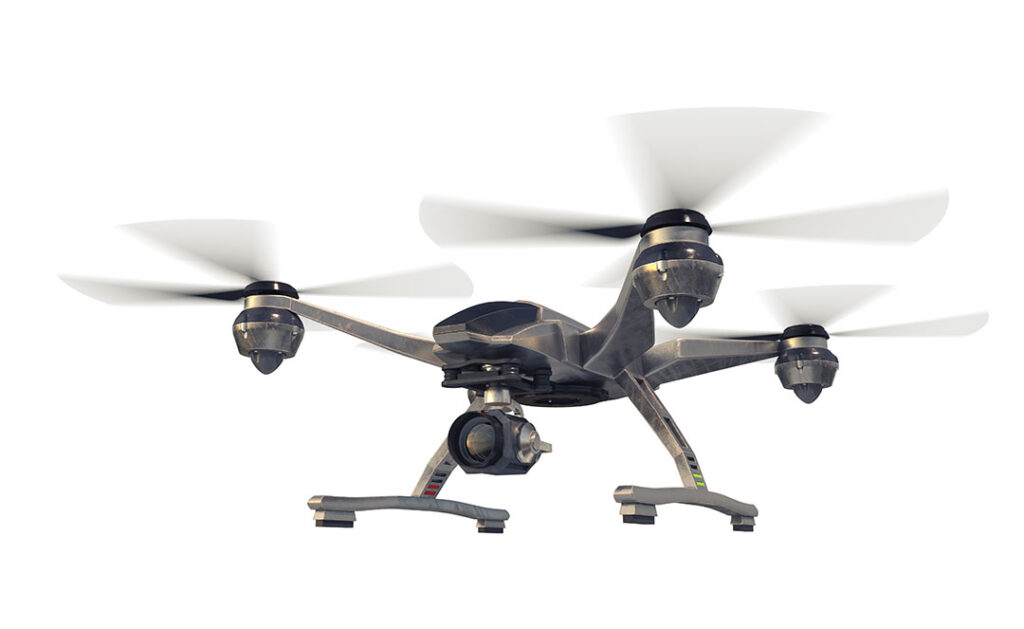As summer gave way to fall in 2021, the Ethiopian government found itself on the back foot against secessionist Tigrayan rebels, who had just captured the towns of Dessie and Kombolcha in the neighboring Amhara State.
The strategic victories positioned Tigrayan People’s Liberation Front forces about 400 kilometers north of the capital, Addis Ababa. It also placed the rebels in the forefront of the minds of worried government officials.
“Our country is facing a grave danger to its existence, sovereignty and unity,” Minister of Justice Gedion Timothewos said in a November 2021 news conference in Addis Ababa, according to The National Interest magazine. “We can’t dispel this danger through the usual law enforcement systems and procedures.”
In addition to declaring a state of emergency, the government compiled a registry of privately owned weapons in Addis Ababa and told gun owners they might be called upon to defend the city from attack.
A month later, however, a counteroffensive had put Dessie and Kombolcha back in government hands. One key to that success reportedly was the use of low-cost drones from China, Iran and Turkey. News reports from that period lack significant detail as to the extent of drone use, but as a new conflict emerged, Ethiopia’s use of drones has become more apparent.
In 2023, rebels in the Amhara region, who fought alongside Tigrayans from 2020 to 2022, continued fighting after Tigrayan leaders reached a deal with the government to stop their war. Within months, Ethiopia was using drones against them with deadly results.
An Ethiopian Orthodox priest told The New Humanitarian news agency that a February 19, 2024, drone strike had left the impact spot “littered with body parts of dead people, intact dead bodies, and survivors with missing limbs who were moaning in pain.”

A hovering Ethiopian drone had targeted an Isuzu truck near Sasit, a town in Amhara State, that witnesses said was returning from a baptism ceremony. The truck is thought to have carried up to 50 people. The drone strike killed at least 30 civilians and injured another 18, according to ReliefWeb.
Other media reports tell of a drone obliterating an ambulance on its way to a hospital in Wegel Tena.
Ethiopia is just one African nation using drones, sometimes called unmanned aerial vehicles (UAV). The types of drones vary by size, purpose and origin. But one thing unites them: There are no specific rules guiding the responsible use of drones in combat or counterterrorism. That puts civilians at risk of death and injury and governments without unified guiding principles for drones’ continued use.
PROMISE AND PERIL
Drones have dotted the skies above African conflicts for more than a decade. The African Union’s multinational force in Somalia started using low-cost drones in 2015 for intelligence, surveillance and reconnaissance, according to the Small Wars Journal. United Nations peacekeeping forces have used drones in the Central African Republic, the Democratic Republic of the Congo and Mali. Their usefulness is clear.
“The promise of drones is really tremendous,” Christopher Fabian, UNICEF’s principal advisor on innovation, told Inter Press Service in 2022. They can help humanitarian workers in three ways: First, they can span broken or missing infrastructure to carry small payloads. Second, they can provide data and views of disaster sites to pinpoint damage and potential casualties. Drones also can extend Wi-Fi connectivity to refugee camps or schools for internet access.
“Hardware itself does not violate human rights,” Fabian said. “It is the people behind the hardware.” That has been proved true time and time again across the continent. Two March 2024 drone strikes in Amasrakad village, Mali, killed 13 women and children and injured more than a dozen others, according to Amnesty International. A Malian army communique stated that the strikes “contributed to neutralizing many terrorists and some of their vehicles,” a claim locals disputed.
Two days later, a drone strike outside Mogadishu, Somalia, killed nearly two dozen people and wounded 21 others. It’s not clear who was responsible, but unnamed security sources told The Washington Post that a Turkish drone was involved. Turkey, an ally of the Somali federal government, has its largest overseas military base in Mogadishu. “The accounts are likely to fuel concerns that the proliferation of drones is causing a huge spike in civilian casualties with little accountability,” the Post said of the Somalia attack.
“Drones coming to the market and being acquired by governments requires more responsibility and laws to be passed to protect civilians,” and operators need more training, Abdisalam Guled, former deputy director of Somalia’s National Intelligence and Security Agency, told Bloomberg in March 2024. “It’s a new market, industry and type of weapon, but it has to come with more responsibility.”

VARIETY IN TYPE, USE
Drones fall into three major classifications, according to “The Drone Databook” by Dan Gettinger, founder of the now-inactive Center for the Study of the Drone at Bard College.
Class I drones weigh less than 150 kilograms, can fly from one to three hours at a time and have a maximum range of about 80 kilometers. They can carry payloads of up to 5 kilograms and have a top speed of 100 kilometers per hour. They can include fixed- and rotary-wing vehicles, and typically are launched by hand or with a pneumatic rail. Most Class I drones are used for reconnaissance and surveillance.
Class II drones can fly for 10 hours, have a maximum range between 100 and 200 kilometers, and can carry payloads of up to 70 kilograms. Their top speed is 200 kilometers per hour. They can be rotary- or fixed-wing vehicles and may require a small runway for launch. They can carry sensing, targeting and communications equipment, and some lightweight ordnance.
Class III drones can fly for more than 24 hours, carry several hundred kilograms and fly at 300 kilometers per hour or more. Ranges can exceed several thousand kilometers. There are rotary- and fixed-wing vehicles in this class, with fixed-wing drones requiring runways. They fly at medium and high altitudes for long periods, and some are used for lethal strikes and combat.
African nations seeking cost-effective military capacity have acquired drones from companies such as Turkey’s Baykar and China’s Aviation Industry Corp. in the past five years, according to Bloomberg. In that period, civilian deaths due to drone and airstrikes rose from 149 in 2020 to 1,418 in 2023.
“It’s not about the technology, it’s about how they’re used, and we’re seeing a pattern of them being used in ways they are causing an awful lot of harm to civilians,” Nate Allen, associate professor at the Africa Center for Strategic Studies (ACSS), told Bloomberg.

ADDRESSING PROLIFERATION
More than a third of the continent’s militaries have acquired drones and many nonstate militants are trying to do the same.
“In addition to incorporating UAVs into their arsenals and operational concepts, African governments need to urgently engage in regional and global efforts to govern the spread and come to a consensus surrounding the norms of UAV use,” Allen wrote in a 2023 paper, “Turning off autopilot: Addressing the proliferation of unmanned systems in Africa’s conflict zones,” for the Security Institute for Governance and Leadership in Africa at South Africa’s Stellenbosch University.
Drone use spreads quickly because many African conflicts are waged between forces of limited means fighting across vast distances. Five factors, Allen wrote, drive the proliferation:
Technological advances have made drones more user-friendly and able to receive and collect more data.
These innovations allow drones to complement or replace assets such as planes, satellites and other systems.
As technology has advanced, costs have plummeted. UAVs once could cost hundreds of millions of dollars. Now, an Iranian-made Shahed attack drone “costs as little as $20,000 to make and as much as $500,000 to shoot down,” Allen wrote. Other, smaller drones can cost as little as $450 and destroy a tank.
These low costs have allowed a range of companies and nations — such as Iran, Israel, South Africa and Turkey — to establish themselves in the global market.
As technology advances and is adapted, drones are likely to become more common on the continent.
“Even as they seek to acquire UAVs, it is imperative that African governments take steps to mitigate the risks, negative externalities and consequences of UAV proliferation,” Allen wrote. “In some cases, their proliferation may benefit criminal networks and terrorist groups more than state actors, making it necessary to take steps to monitor and limit their use around certain strategic areas and installations.”
Risks include collateral damage to civilians during military strikes and failing to protect legitimate privacy concerns when drones are used for surveillance and intelligence gathering. Nations should make sure drone surveillance complies with data protection rules and draw up ethical guidelines for when and how drones can be used.

USE BY NONSTATE ACTORS
Amade Miquidade, then-interior minister of Mozambique, in May 2021 told media outlets of how extremists in the nation’s Cabo Delgado province were using drones for precision targeting. In Somalia, security contractors have said that al-Shabaab has used drones for surveillance, according to “Drones and Violent Nonstate Actors in Africa,” a paper by Karen Allen for the ACSS.
The drone market in Africa was expected to be worth $43 billion in 2024. Growth was expected to include humanitarian use, maritime security and border patrols, she wrote. However, another likely area of growth presents equal parts promise and danger: hobbyist and store-bought drones.
Smartphones, which some militants already use to detonate improvised explosive devices, also can pilot certain drones. Given reports of nonstate groups using small drones in northern Mozambique, the potential threats are clear.
“If we look at the ease with which [the insurgents] are getting weapons and mounting attacks on the military, I will never underplay the possibility that they start making use of more technologically advanced capabilities, and with that I include drones,” South African security expert Jasmine Opperman told Karen Allen. “If you can bring in cellphones by the hundreds through illegal smuggling routes, what is preventing them from bringing in drones?”
Drones and International Humanitarian Law
ADF staff
Drones present advantages and challenges for security forces. They allow for the remote delivery of lethal force, which can protect security forces and save lives. However, some worry that those advantages may lower the threshold for drone use, thus endangering others and raising accountability concerns.
International Humanitarian Law (IHL) does not specifically address drone use, but the general rules of IHL do apply, according to Geneva Call. IHL covers weapons, weapons systems and platforms. Drones are a platform with the potential to deliver weapons. “Hence, the use of armed drones as a means and methods of warfare is regulated by the IHL rules governing the conduct of hotstilities, namely the principles of distinction, proportionality and precautions in attack as well as the prohibition of indiscriminate attacks,” a 2020 Geneva Call report states.
Distinction requires that parties to a conflict engage only military targets, be they people or objects.
Proportionality requires that once a legitimate target is engaged, collateral damage is not excessive regarding the anticipated military advantage from the attack.
Precautions must be taken to ensure distinction and proportionality, such as verifying that targets are not civilian.
Security forces must avoid indiscriminate attacks, which means attacks not directed at military targets and those “undertaken with means or methods of warfare that cannot be directed at military objectives or whose effects cannot be limited as required by IHL.”

